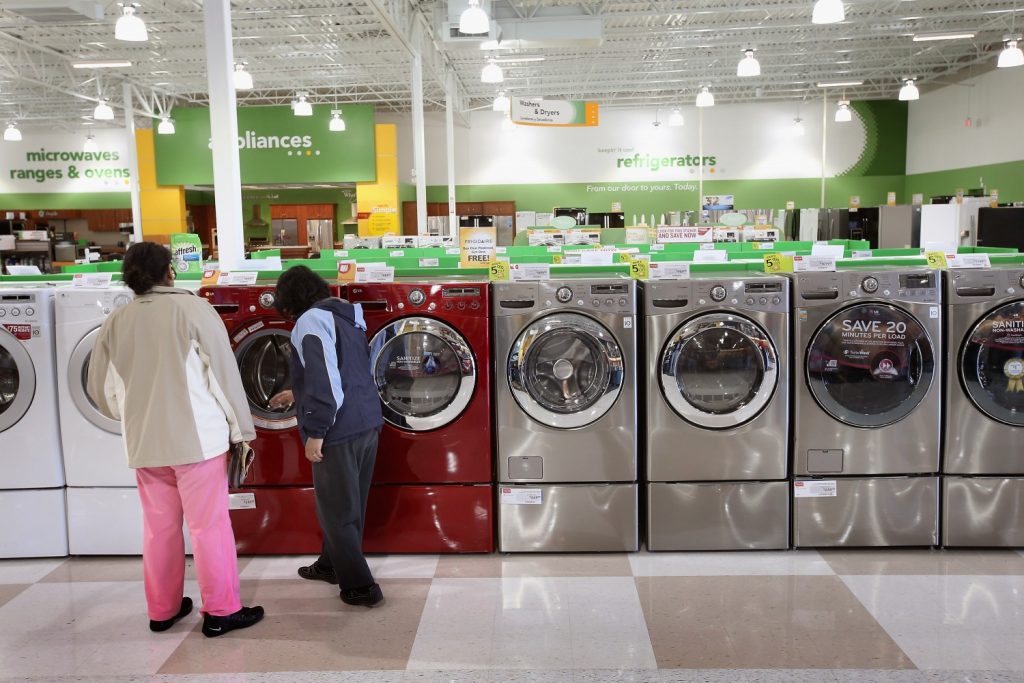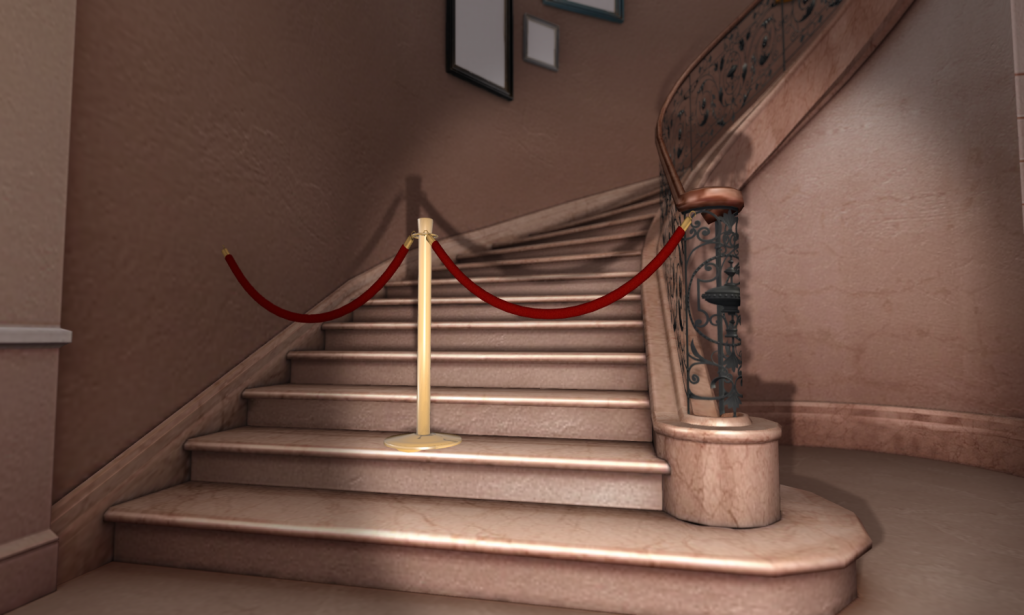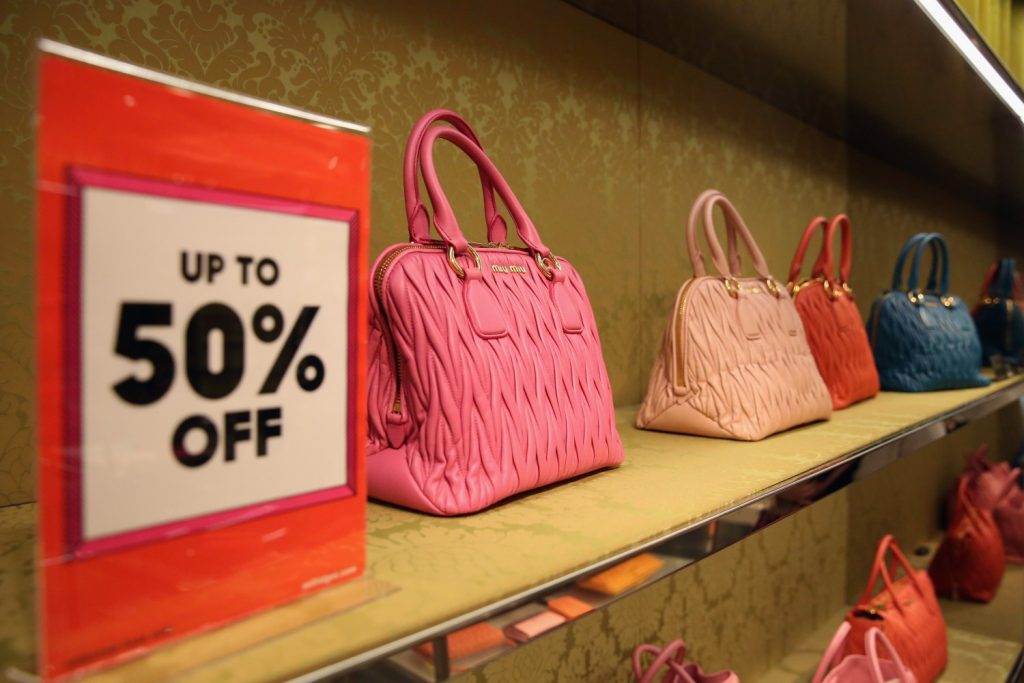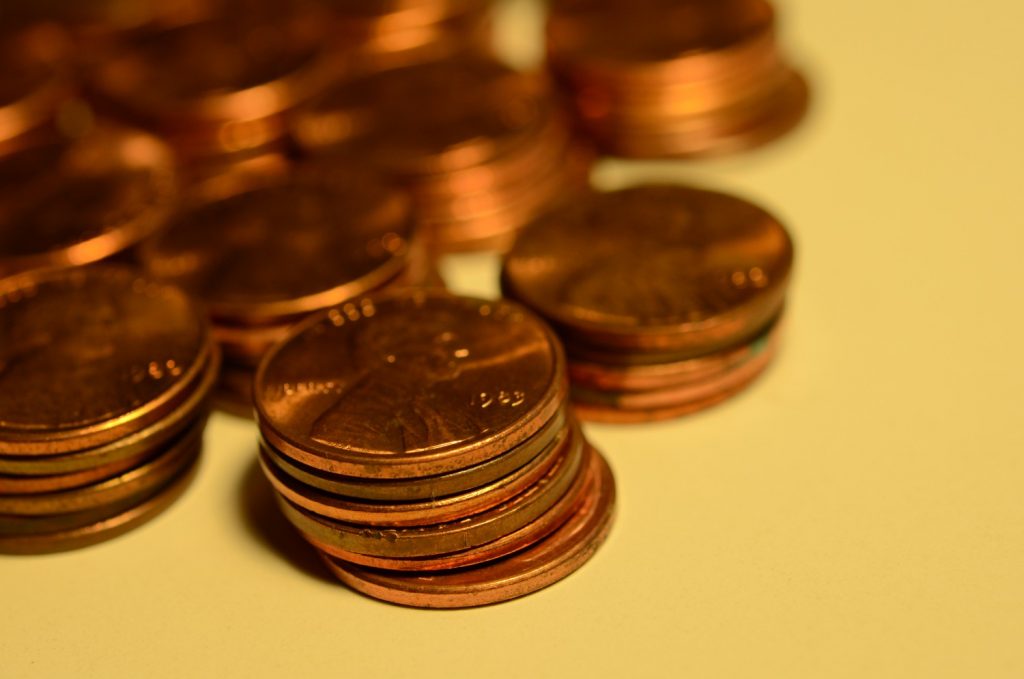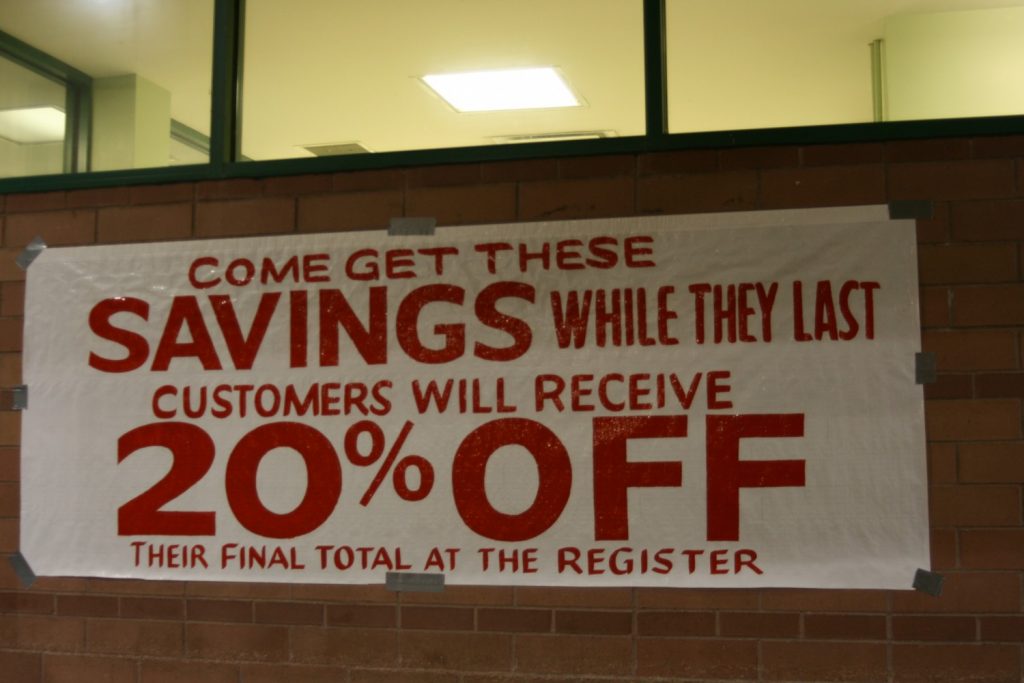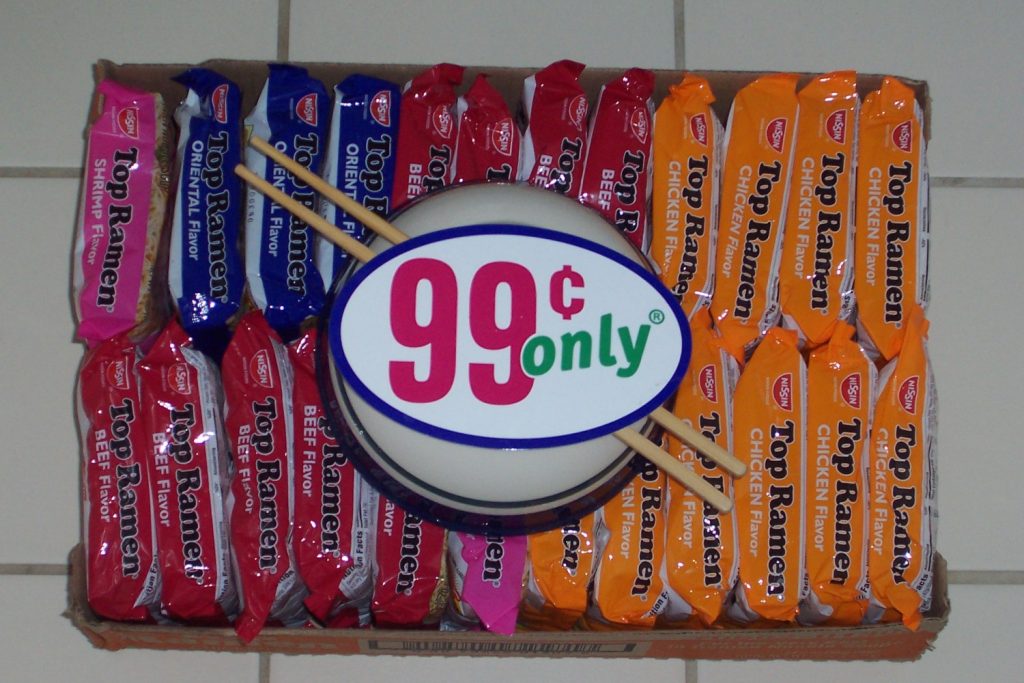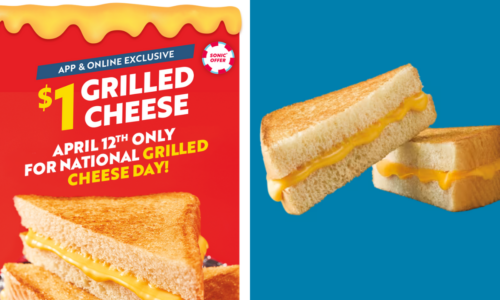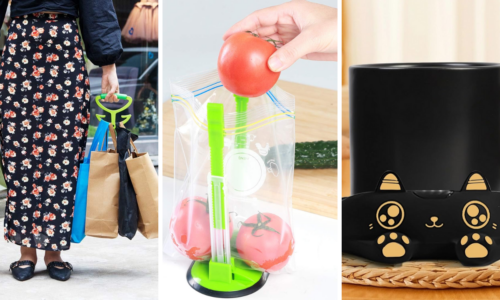Here’s a scenario: You’ve been in the market for a big-ticket item, and you’re committed to being an informed, savvy consumer. You did your homework. You discovered the best item and found it at the most reasonable price, but somehow, you walked away spending more than you planned to or ended up with a completely different product. If you have ever headed confidently to a store to make your carefully planned purchase only to walk away feeling overcharged, cheated or even scammed, you are not alone. Retailers definitely employ some sneaky sales tactics, but you can avoid being ripped off by familiarizing yourself with these tricks and traps and knowing how to avoid them.
1. Distracting Decoys
Even if a product has all the bells and whistles with a fair price tag, if it is next to a somewhat comparable yet lower priced version, you will likely to go for the cheaper model. Retailers use this trick to persuade you to purchase more profitable merchandise by placing it next to less desirable products.
2. Exclusivity and Special Favors
We want to meet the criteria for the good stuff, like making it past the velvet rope at the hottest club in town. A retailer may entice you with a product or price that is limited to special club members or frequent shoppers. The clerk may offer to do you a favor by cutting you a deal because he likes you or letting you purchase the product if you become a member, for a fee.
3. Buttering Up
The old cliché says flattery will get you nowhere, but according to a report published in the Journal of Marketing Research, complements go quite far when it comes to marketing. Even when customers realize there is motive behind a sales associate’s sweet-talk, they still have a more positive impression of the individual, which may make shoppers more likely to fall for a sales pitch.
4. FREE! (After Rebate)
If you could get something you want or need at no cost (or at a deep discount), you might jump at the chance. However, if getting this great deal requires you to mail in and wait for a rebate, you may want to reconsider. Mail-in rebates can be worthwhile, if you follow the complete instructions and remember to send it in on time. Otherwise, you may not save a cent.
5. Guilt Trips
Anyone with kids can tell you that guilt is a powerful motivator. A shady, dubious salesperson might use this sales trick by confiding in you that she is struggling to make ends meet or asking you to take a test drive as a favor, so her boss won’t get mad at her. Your compassion could come at a price you were not prepared to pay.
6. Payments vs. Price
If you are financing a purchase, a salesperson might try to hook you by glossing over the price of the item you are buying and emphasizing the monthly payment instead, telling you, “It’s only pennies a day.” Car dealerships often use this trick, but retailers selling everything from furniture to electronics have been known to employ it as well.
7. Phony Discounts
The practice of faking a sale to entice customers is not new, nor is it limited to small, independent shops. Major retailers, such as Kohl’s and JCPenney, have even been sued for misleading consumers. Some retailers may increase the original price of an item and then mark it back down to make it seem like a good deal. Others may use brightly colored price tags to suggest a product is discounted.
8. Superior Attitude
An approach sometimes used at upscale retailers might seem counterintuitive, but it often works. A sales clerk might act indifferent or even sneer at customers’ choices, which can lead to shoppers purchasing pricier options to avoid being perceived as uncultured or underprivileged.
9. Time Is Running Out
Knowing that you have to purchase a product before the sale ends or before the supply is depleted creates a sense of urgency. This illusion of scarcity is a psychological trick retailers use to persuade many consumers to buy something they do not necessarily want or need.
10. Numbers Game
Retail stores do not pick and choose prices at random. Instead, they use various pricing tricks to influence your purchases. For instance, they may mark items “10 for $10” even though you may not have to buy 10 items to obtain the discount. Prices just below a round number, such as $9.98 instead of $10.00 fool your brain into believing it is a better deal.
Preparing yourself for the methods a salesperson might use to close the deal will help you remain aware and be ready to respond. Know what you want and determine your budget before you go shopping. Always read the fine print and consider impulse buys carefully before you make your purchase.
[h/t: Do You Dave Ramsey?]
